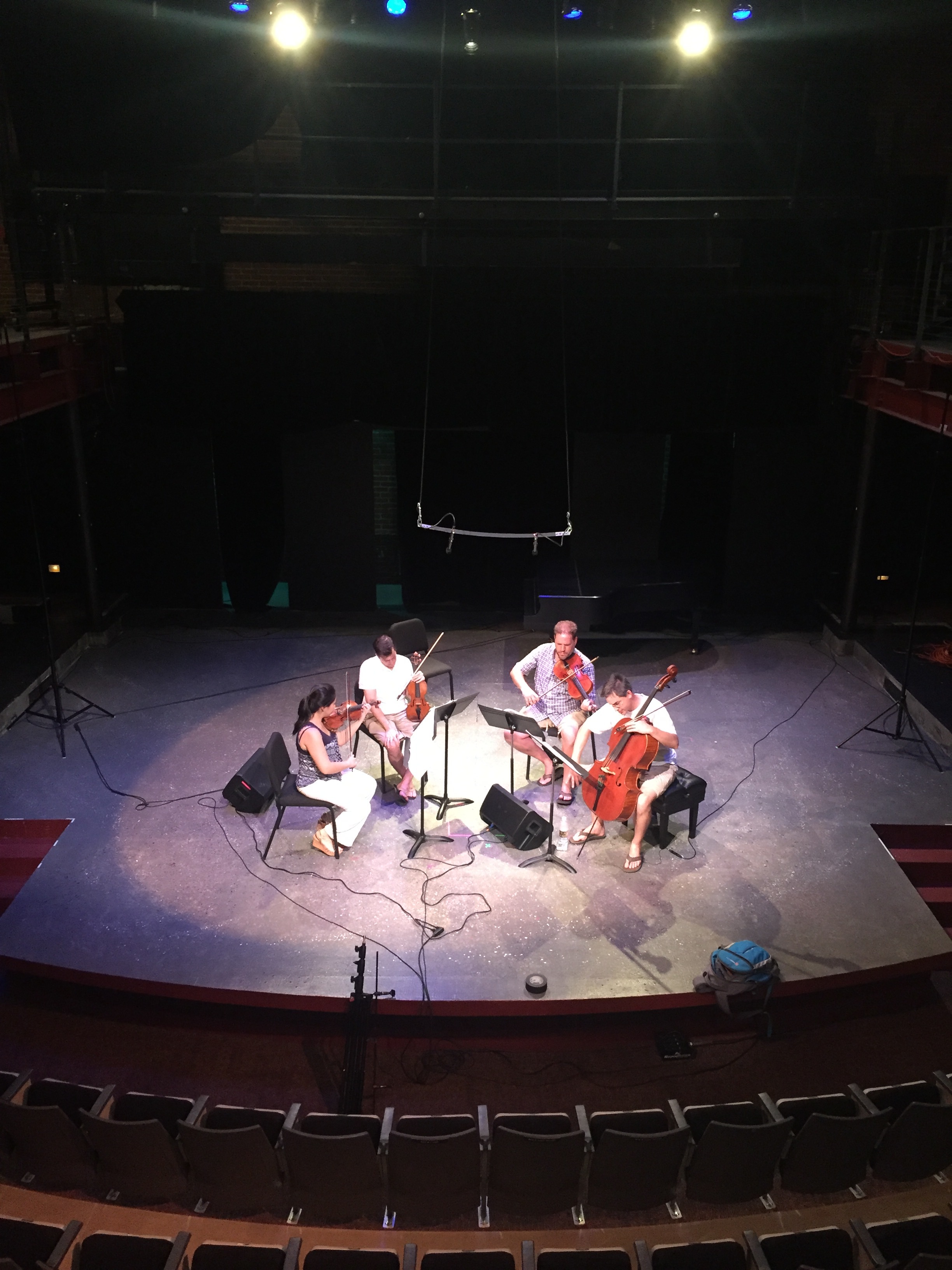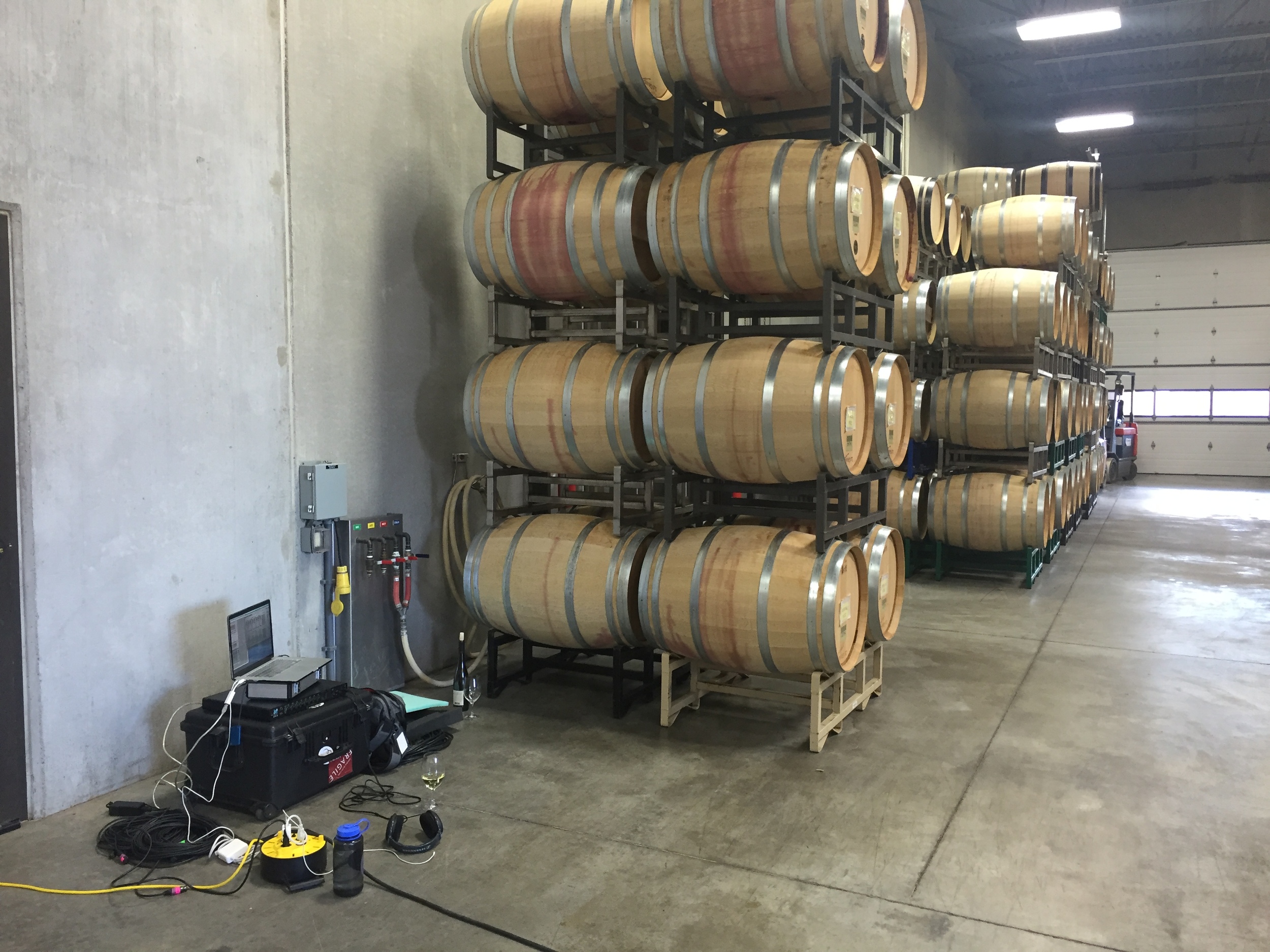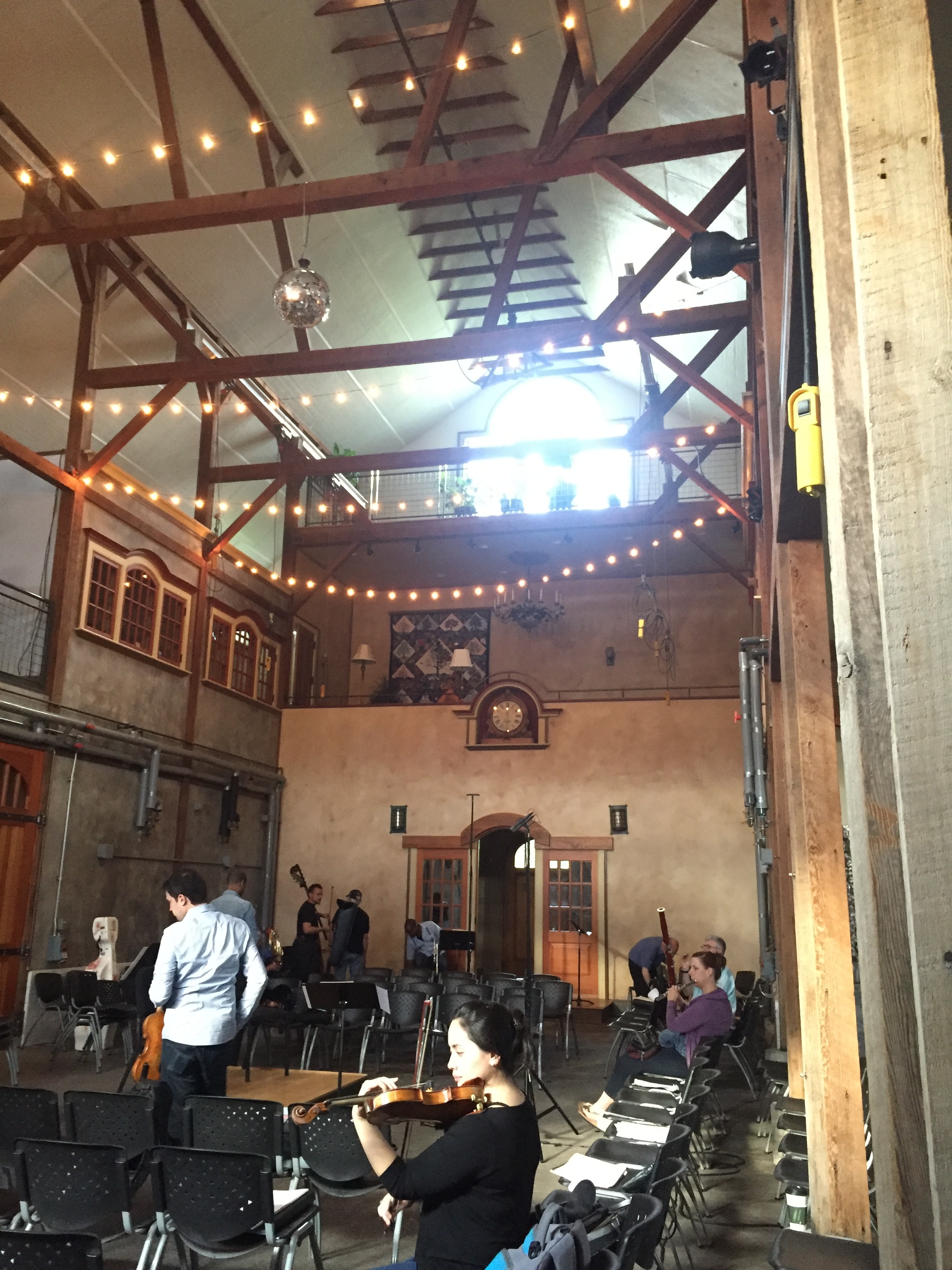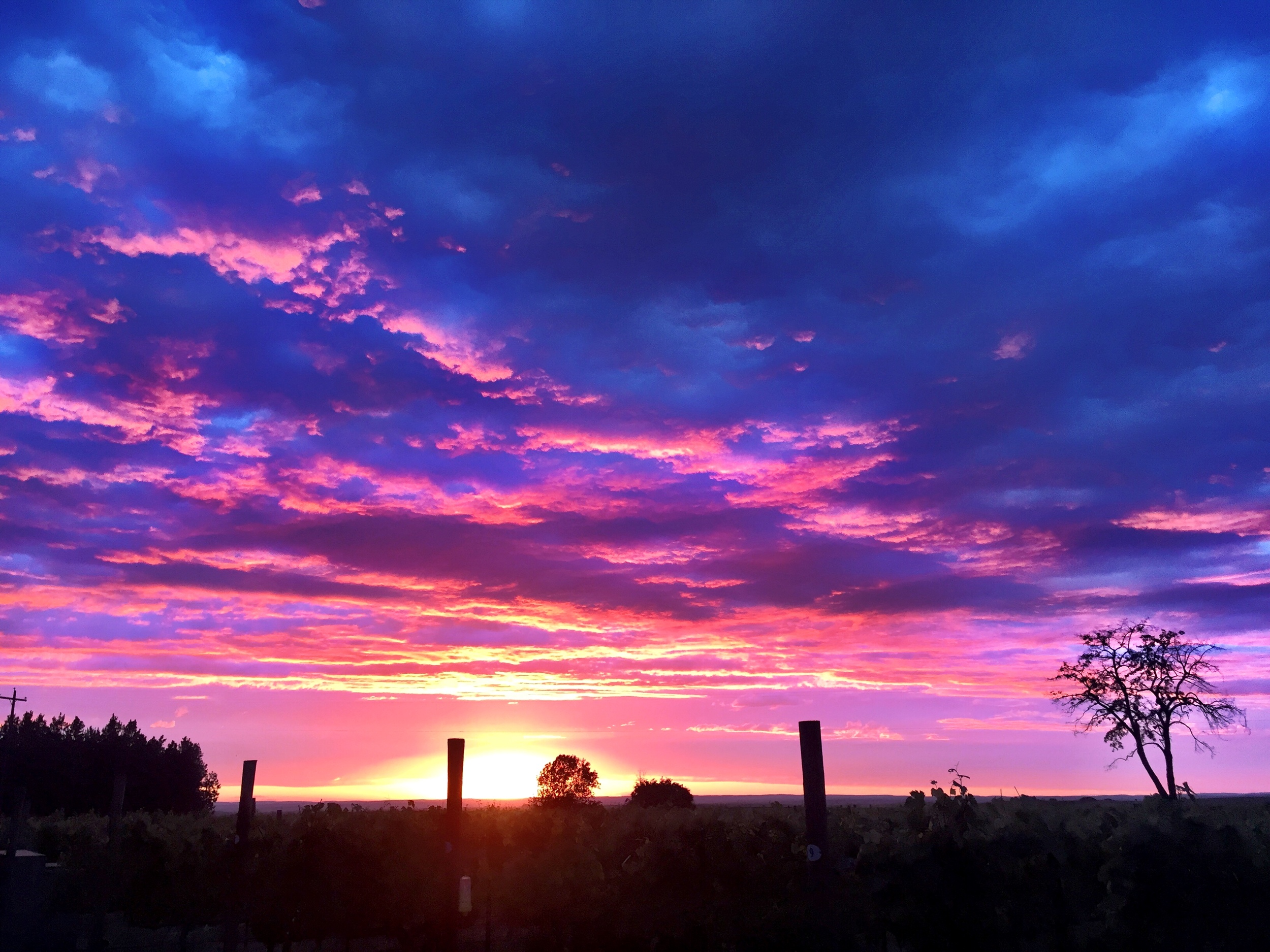Ugh. See, we’ve bought ourselves the drudgery now of having to define “art” (I mean, I assume you’d rather not also get into defining sound and time). Well, let’s spare ourselves some trouble and agree first, not to try to decide whether something is good art or bad art. We just need to separate art from not-art. Here’s what the great philosophers have come up with: art is something created by someone who intentionally created it as art. The important part of that idea is intention. Essentially, for something to cease being a carton of milk and start being art, all someone really has to do is point at it and say it’s art - they intend it to be, which means they (and then you) have shifted into an aesthetic frame of mind when looking at or experiencing that milk carton. You, with that glorious, logic-driven and very commonsensical mind of yours, who is saying “Please! That’s not art!”, you hate this definition, and that’s okay. But neither you nor anyone could win an argument that it’s not art, because the artist just designated it so. (This is also why when you look at a ten-million-dollar painting that’s one red squiggle and say, “my five-year-old could do that!”, that argument doesn’t hold water, no matter how much you want it to. But it also means that anything your five-year-old does squiggle on cardboard, which you then hang on the fridge, that does fit the definition of art, one hundred percent.) The thing that made it art is that someone put a frame around it. And it’s still art if the frame is merely metaphorical. This has nothing to do with whether it’s good art or bad art, by the way. Just that it’s art, period.
I know. Harebrained at best. But for now, since this is a written article and I don’t have to take interruptions, let’s return to our initial question about the concert experience. We came to listen to music. Second part: nailed. But the first part is what I really sat down to write about: listening.
Now, we all know that people just don’t really listen. Hardly ever. But when you’ve plunked down your money for tickets to a concert, you probably do want to at least try. Your fellow audience members and the cars and trucks on the highway and all of nature and your own brain are all conspiring against you to make this task really hard to do with perfect attention to detail. But at least it’s not so strenuous: you just shut up and open your ears.
But, see, here’s the thing. A lot of the time, if you’ve chosen a particular concert to attend, it’s because you’re already familiar with some of the music you’re going to hear. And my friend, I have bad news for you. Once the band starts playing a song you already know, and you start singing along in your head (or, heaven forbid, out loud), you just stopped actually listening. Because you can’t remember and listen at the same time. And, unless you’re a trained musician, you can’t sing and listen at the same time either. The same way you can’t read a book or do your taxes and carry on a phone conversation with your mom at the same time. Listening—really listening—means you’re examining every passing nanosecond for the novelties, the surfaces, the changes in each succeeding sound. You’re looking for patterns, you’re accepting the quick-change subterfuges that are coming at you, and you’re saving your judgment for a little later. You’re keeping that mind hungrily open and the ears unbiased. If you’re humming along, remembering some party you went to back in high school and feeling the warm glow of nostalgia, or savoring the bittersweet memory of someone who broke your heart, that’s cool. But listening has stopped. Or, rather, you’re listening to a tape playing back in your head, not the stuff that’s actually working its way through the air to your earholes.









